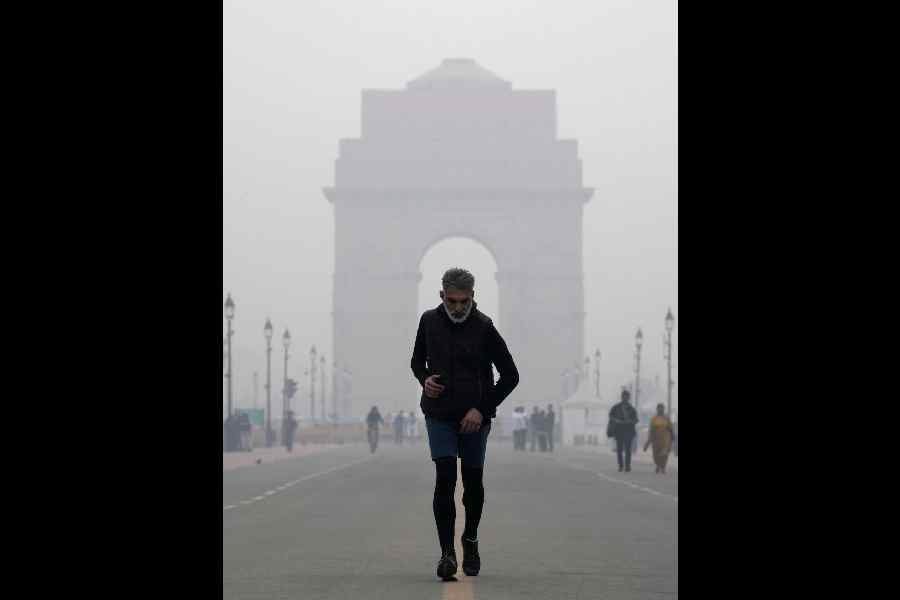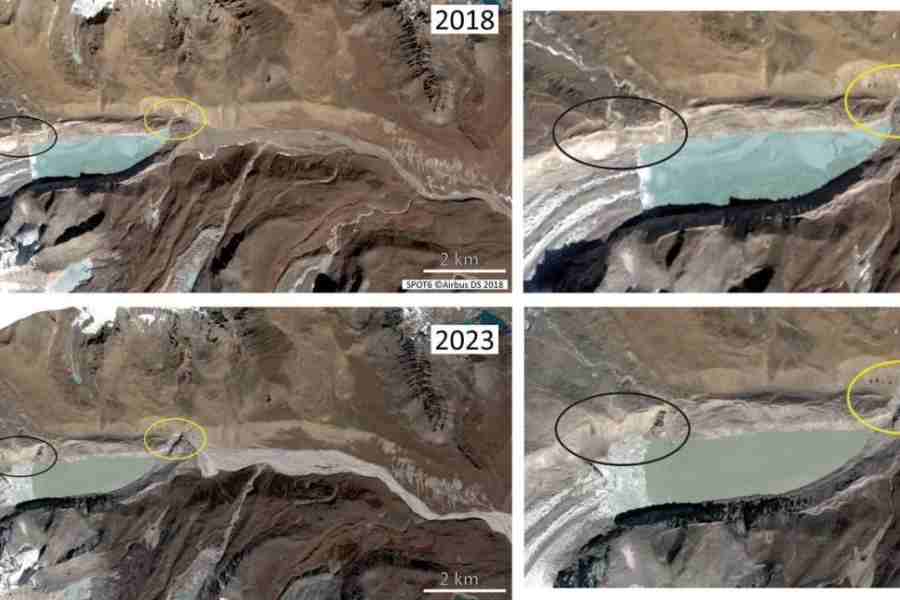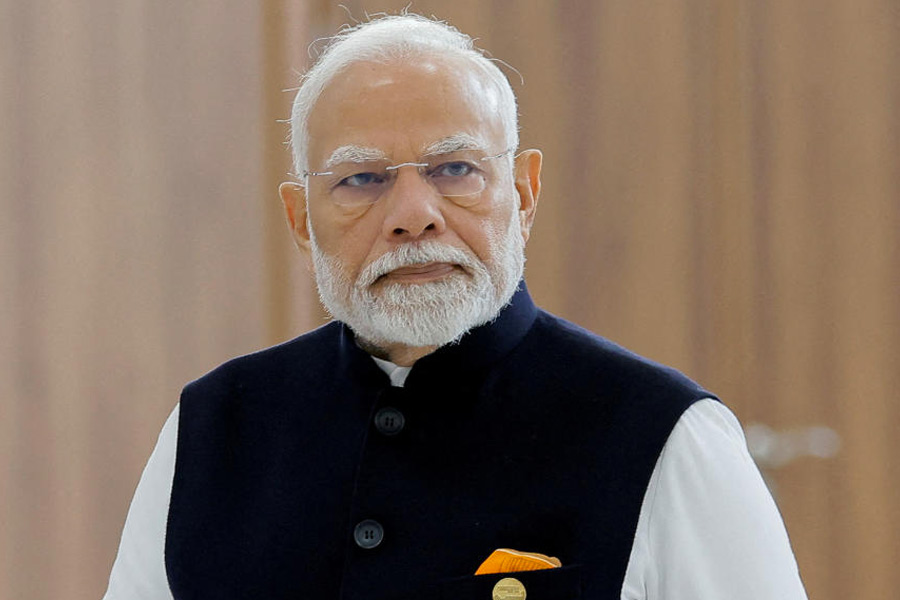Cleanliness may be subjective, but not when it comes to clean air. Yet, India’s National Ambient Air Quality Standards set a limit of 40 microgrammes of PM2.5 per cubic metre of air as permissible, even though this is more than double the amount recommended by the World Health Organization. This elevated threshold ensures that several cities in the country fly under the radar when it comes to the discourse on air pollution. But such ignorance is not bliss. A recent study published in Lancet Planetary Health shows that even cities with so-called clean air by Indian standards, such as Shimla, have between 30 and 59 premature deaths per year owing to air pollution. There is thus a case for revising the limits of air pollution in India. The narrative on air pollution also needs to be decentralised. But this is not a new argument — the shockingly visible levels of pollution in the National Capital Region or in industrial cities like Kanpur grab the lion’s share of the attention both from the public and the policymakers. While it is true that the number of premature deaths caused by air pollution is a whopping 12,000 in Delhi and 4,700 in Calcutta, pollution is on the rise elsewhere too and is going unnoticed owing to a gap in policy imagination. For instance, Delhi and Mumbai have several stations with ambient air quality monitors across the breadth of the cities, but most Indian cities have only a handful.
Battling air pollution in the Indian context is also tied to social justice and poverty alleviation. A significant percentage of mortality has been traced to household air pollution, which, in turn, means that women comprise a disproportionate number of fatalities. Household air pollution affects villages — often overlooked when it comes to air pollution — as much as it does cities. Unfortunately, schemes such as the Pradhan Mantri Ujjwala Yojana, which offers subsidised cooking gas and could help in this regard, are not feasible in the long run — in 2022, over 1.18 crore beneficiaries of this scheme bought no refills owing to the cost and the hassle of obtaining one. The most significant problem, though, is political and institutional indifference towards the growing burden of pollution — while air pollution featured in the manifesto of the ruling Bharatiya Janata Party, it was mostly a reiteration of existing measures and targets. This apathy is a direct consequence of the absence of public pressure on the powers that be to clean up their act and the air.










